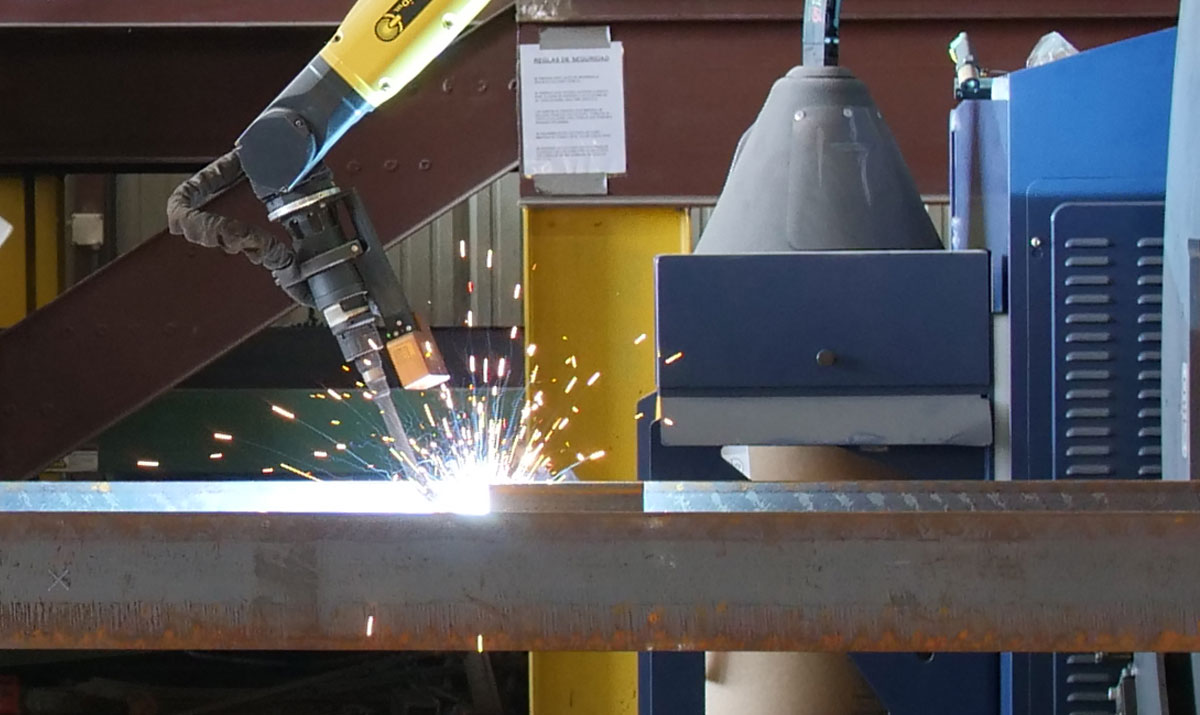
In the world of structural steel fabrication, precision, efficiency, and durability are paramount. As demands for faster project completion, higher quality, and cost-effectiveness continue to rise, manufacturers are turning to advanced technologies to meet these challenges head-on. One such technology that is revolutionizing the structural steel industry is robotic welding.
Robotic welding involves the use of automated systems to perform welding tasks with precision and consistency. These robots are equipped with advanced sensors, controllers, and welding tools that enable them to weld structural steel components with unparalleled accuracy and speed. Let’s delve into why robotic welding has become the go-to solution for structural steel fabrication and its implications for the industry.
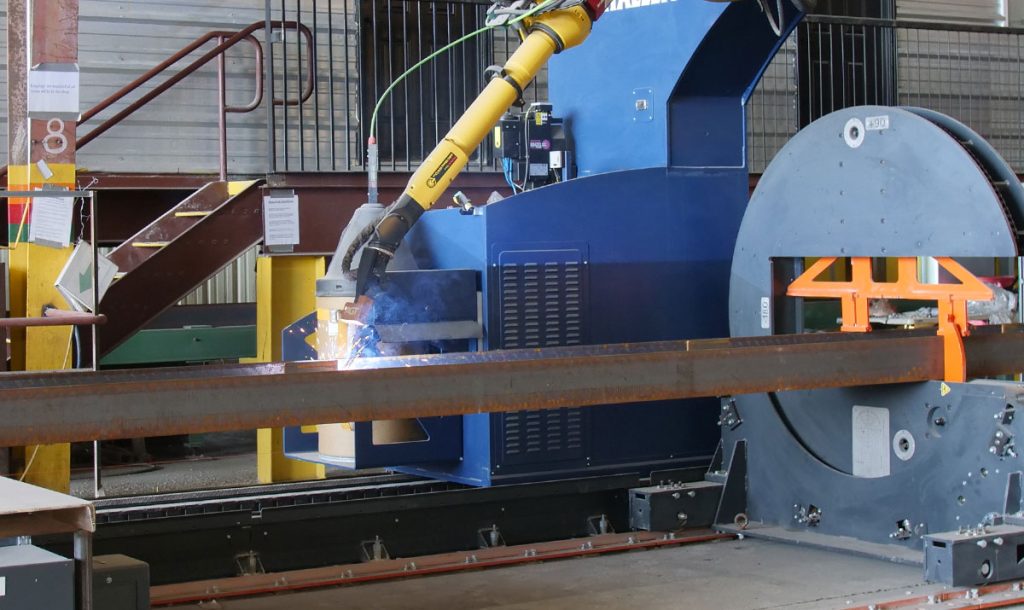
Precision Engineering:
One of the primary advantages of robotic welding is its exceptional precision. Robots can execute welds with micron-level accuracy, ensuring that each joint is perfectly aligned and then welded. This precision is crucial in structural steel fabrication, where even minor errors can compromise the integrity of the entire structure. By eliminating human error and variability, robotic welding guarantees uniformity and consistency in weld quality, resulting in stronger and more reliable structures.
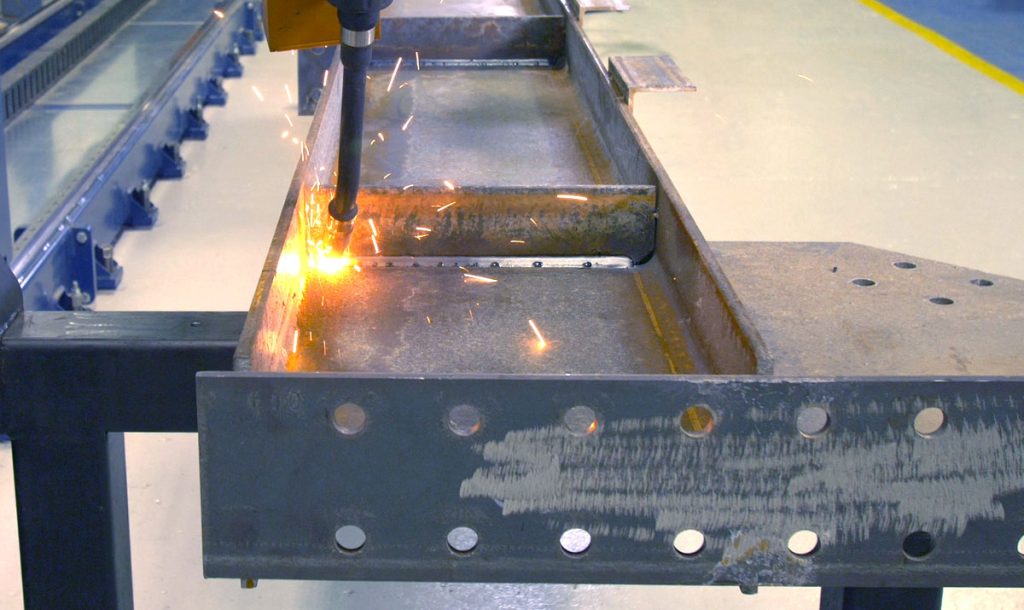
Increased Efficiency:
Robotic welding significantly enhances the efficiency of the fabrication process. Unlike manual welding, which is labor-intensive and time-consuming, robotic welding operates 24/7 with minimal downtime. Once the detailer loads the drawing into the Cortex software, the Ocean Challenger robotic welder can work autonomously, completing welds at a much faster rate than human welders. This accelerated pace not only speeds up project timelines but also reduces labor costs and increases overall productivity.
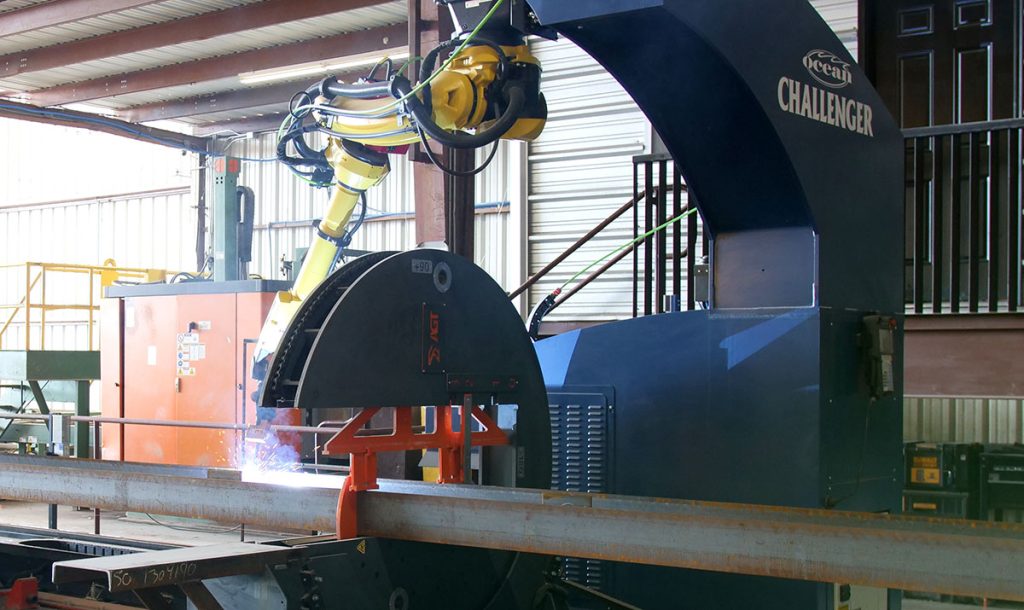
Cost-Effectiveness:
While the initial investment in a robotic system may seem substantial, the long-term cost savings are undeniable. By streamlining production processes and minimizing material waste, robotic welding optimizes resource utilization, resulting in lower production costs per unit. Moreover, the consistent quality of robotic welds reduces the need for rework and repairs, further lowering overall project expenses. As a result, fabricators can deliver high-quality structural steel components at competitive prices while maintaining healthy profit margins.
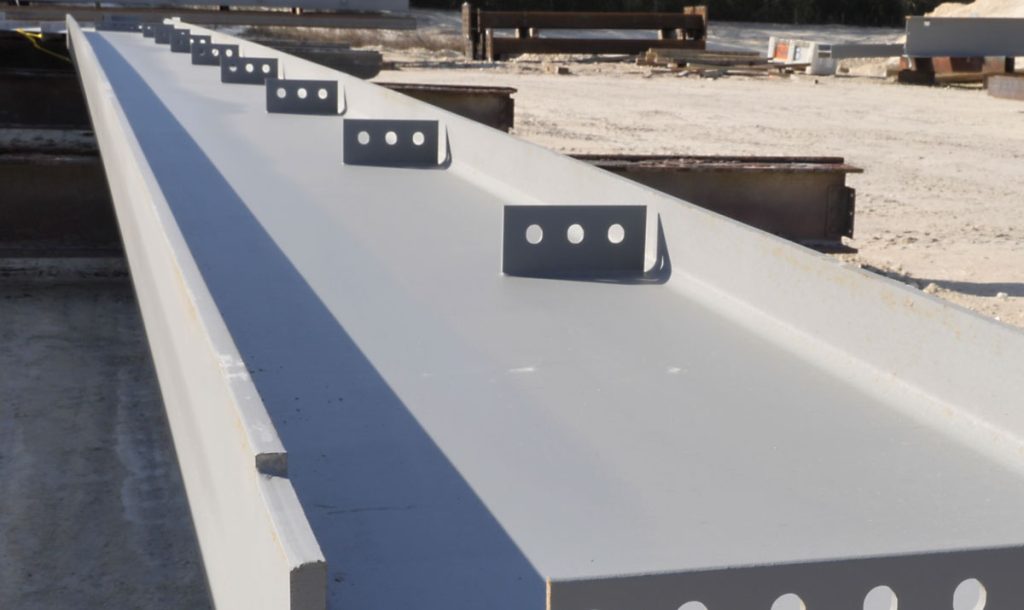
Safety and Ergonomics:
Robotic welding improves workplace safety by reducing the exposure of human welders to hazardous fumes, intense heat, and repetitive motion injuries. By automating the welding process, workers can be redeployed to safer and more skilled tasks, thereby minimizing the risk of workplace accidents and occupational health issues. Additionally, robotic welding systems are designed with ergonomic considerations in mind, ensuring optimal working conditions for operators and enhancing overall job satisfaction.
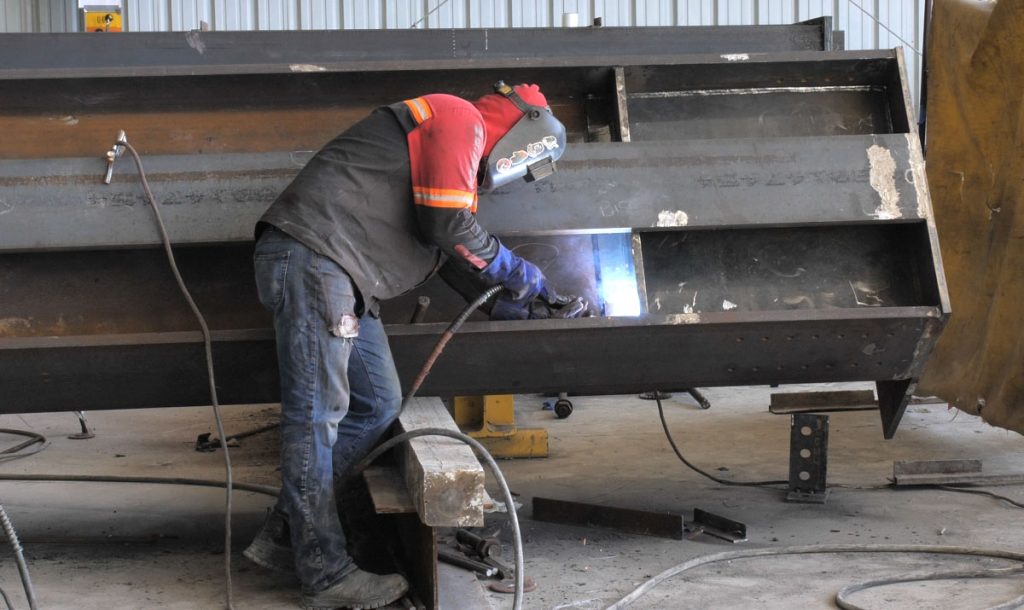
Future Outlook:
As advancements in robotics, artificial intelligence, and automation continue to unfold, the future of the robotic welder in structural steel fabrication looks promising. Emerging technologies such as machine learning and collaborative robotics are further enhancing the capabilities of robotic welding systems, enabling them to adapt to evolving production requirements and performing increasingly complex tasks. Moreover, the integration of digital design tools and software with robotic weld systems is revolutionizing the design-to-fabrication workflow, resulting in greater efficiency and precision across the entire value chain.
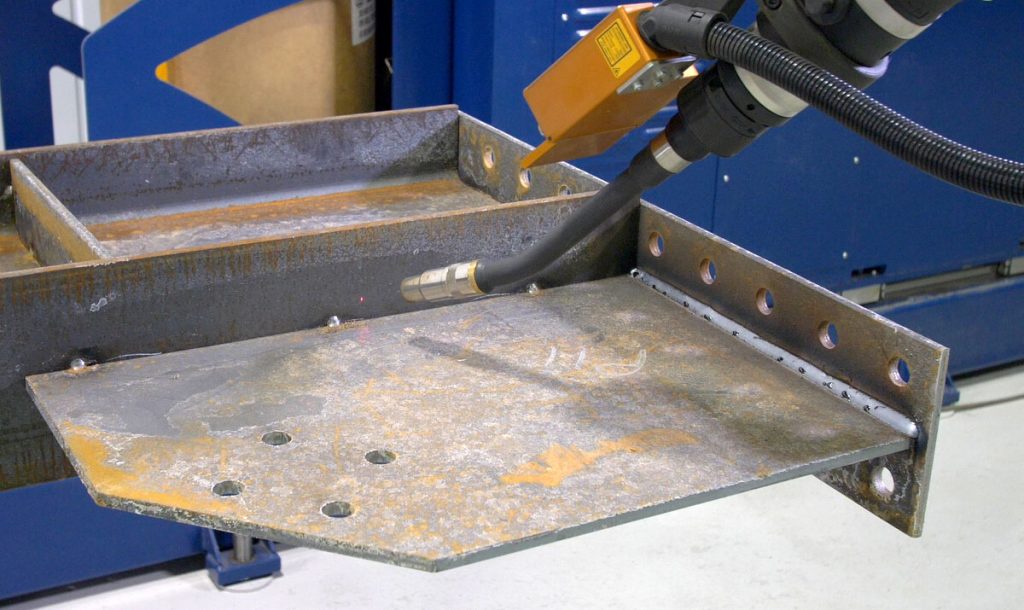
In conclusion, robotic welding represents a transformative force in the structural steel industry, offering unparalleled precision, efficiency, cost-effectiveness, and safety. By embracing this technology, fabricators can stay ahead of the competition, meet the demands of modern construction projects, and pave the way for a more innovative and sustainable future. As the era dawns upon us, the possibilities for structural steel fabrication are limitless.